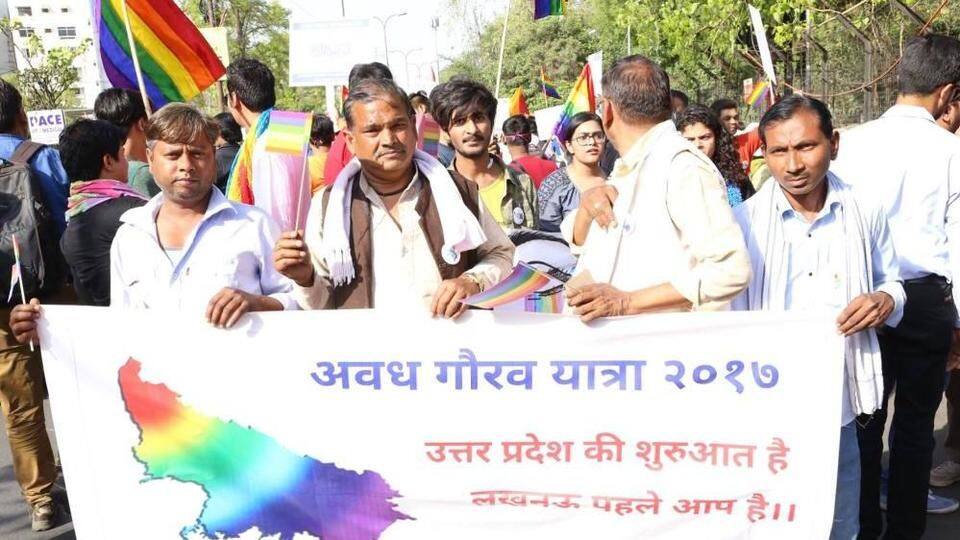
Pride parades are going 'desi' in India's smaller cities
What's the story
Guwahati is one week away from its fifth pride parade. Other smaller Indian towns are also beginning their LGBTQI movement. Unlike the metros, which mostly organize parades in the western format, the parades elsewhere have gained attention for their focus on Indian culture: regional names, traditional costumes and local customs are USPs. Pride parades in India's smaller towns are changing the way it works.
Information
In the metros, tens of thousands attend the events
In Delhi, Mumbai, Kolkata and Bengaluru, pride marches are 8-18 years old and have grown bigger and louder. The 2017 Mumbai march saw 17,000 participants. Giant rainbow flags, colorful costumes and brazen photographs are symbolic of these marches, and everyone participates irrespective of gender/sexuality.
Beginning
But smaller cities, just starting on the journey, see hundreds
But inner cities are just starting. Lucknow, Bhopal and Panaji hosted their first parades last year, Nagpur its third and Chandigarh its fifth. Roughly 50-300 attended. Though activists in metros helped organize these, there was an effort to give them a 'desi' feel, says Mumbai-based activist Pallav Patankar.
Traditions
Regional languages, local costumes and vernacular names were devised
Out came the signs in local languages, carefully worded so as not to cause offense. The names were cleverly thought of: in Lucknow, the parade is called the Awadh Gaurav Yatra; in Nagpur, it's the Orange City Pride March; and in Chandigarh, it's Garvotsav. The overall emphasis was on driving home the fact that homosexuals are like everyone else.
NGOs
Tie-ups with local groups helping organizers expand their reach
In smaller cities, tie-ups with local organizations has been an important part. The Saksham Trust in Chandigarh collaborated with Punjab University, the Canadian embassy and Rotaract Club for the 2017 march. In Lucknow, organizers of this year's parade worked with Mumbai's Humsafar Trust. The difference they make is huge: in Chandigarh, 100 people came for the first march, up to 500 last year.
Challenges
Then again, obstacles in these towns are also higher
But challenges in these towns are also bigger. In Guwahati, organizers of the first parade in 2014 were shooed away by police, faced backlash by locals, and only 50 people attended. There was no media coverage either, says Bitopi Dutta, founder of NGO Xukia. It's difficult for attendees too, who don't witness acceptance and have to wear masks to hide their faces, especially lesbians.
Success
But the persistence of activists has paid off
But persistent efforts have paid rewards. The 2017 Guwahati march saw 200 people. Organizers are taking care to test the waters before launching pride parades. In Lucknow, they held public sensitization workshops and seminars before the first parade in 2016. The programs have also expanded: from parades, activists are now hosting plays, readings of LGBTQI literature, film festivals and more throughout the year.
Expansion
The movement is now spreading to more Indian cities
Activists are now preparing for making inroads into more cities. Kolkata-based activist Anish Ray Chaudhari says Amravati and Yavatmal (Maharashtra), Bardhaman, Hugli and Howrah (WB), Bareilly (UP) and Shillong (Meghalaya) should host their first parades this year or the next. "We are a huge network of sexual minorities now," says Anand of Humsafar. "The voices are getting louder."